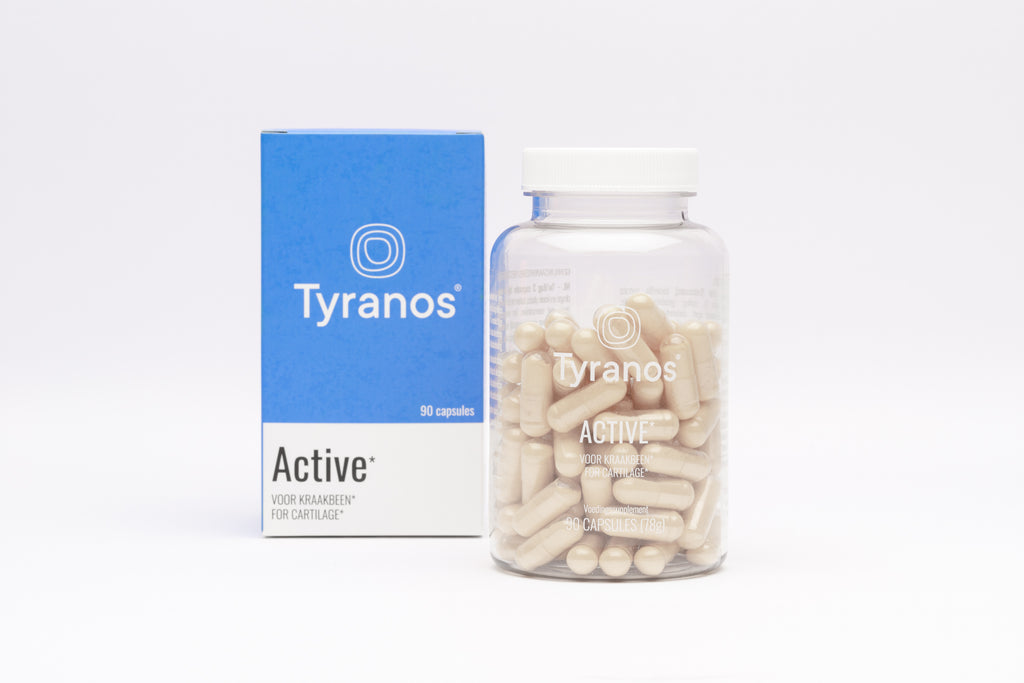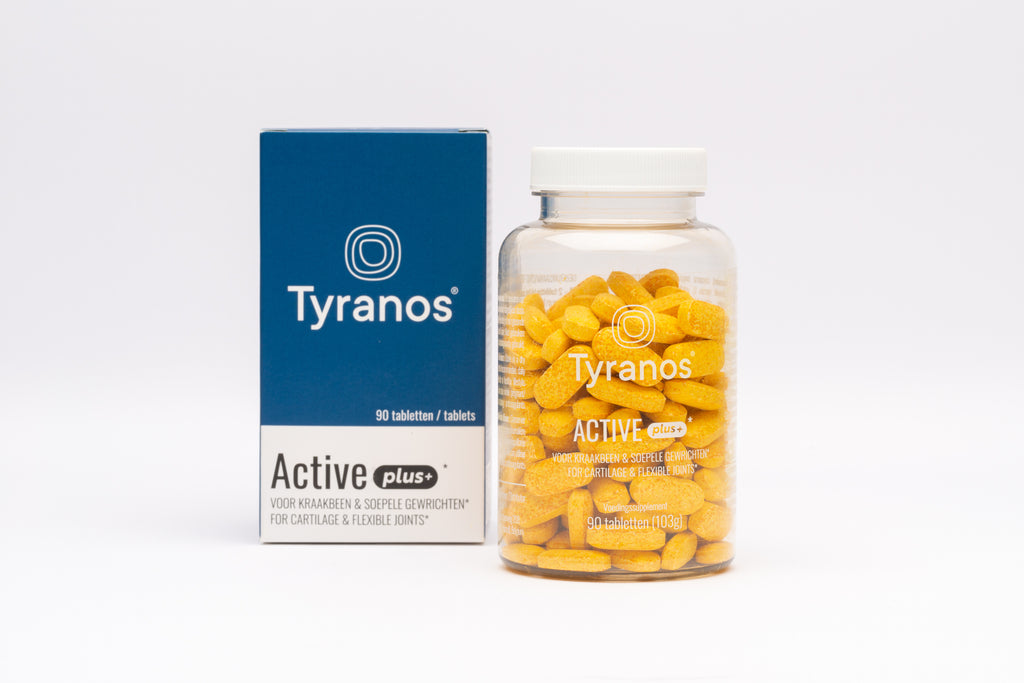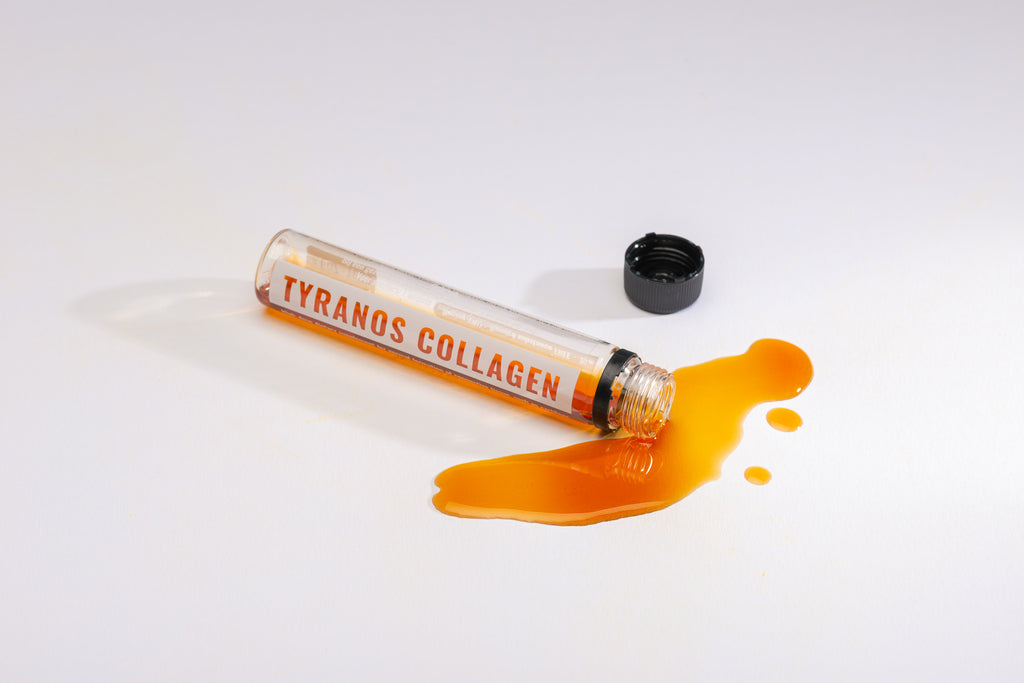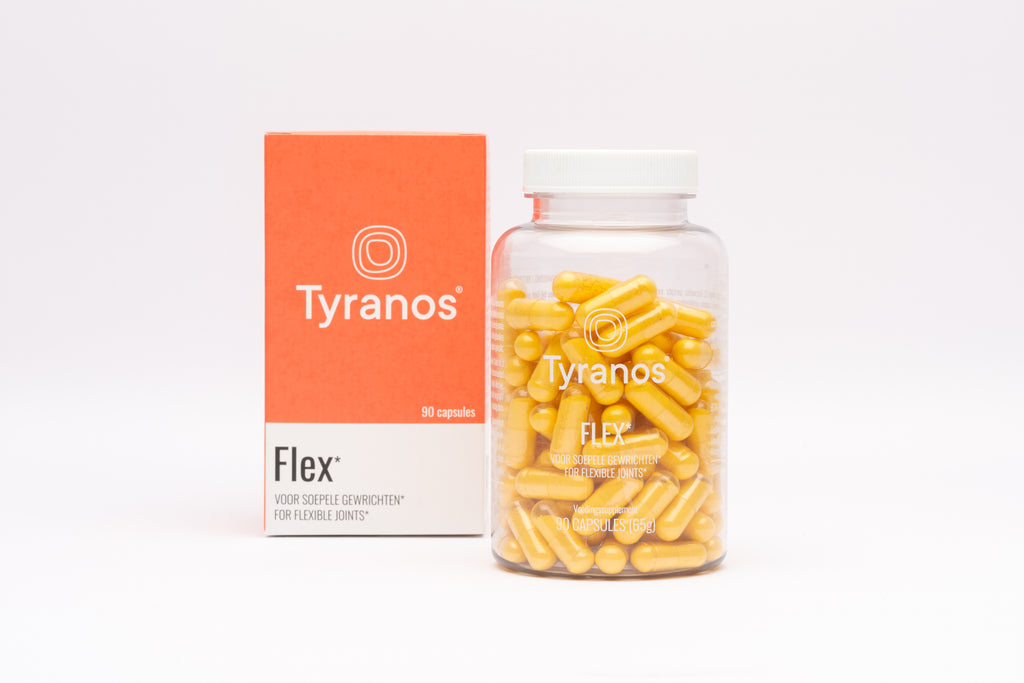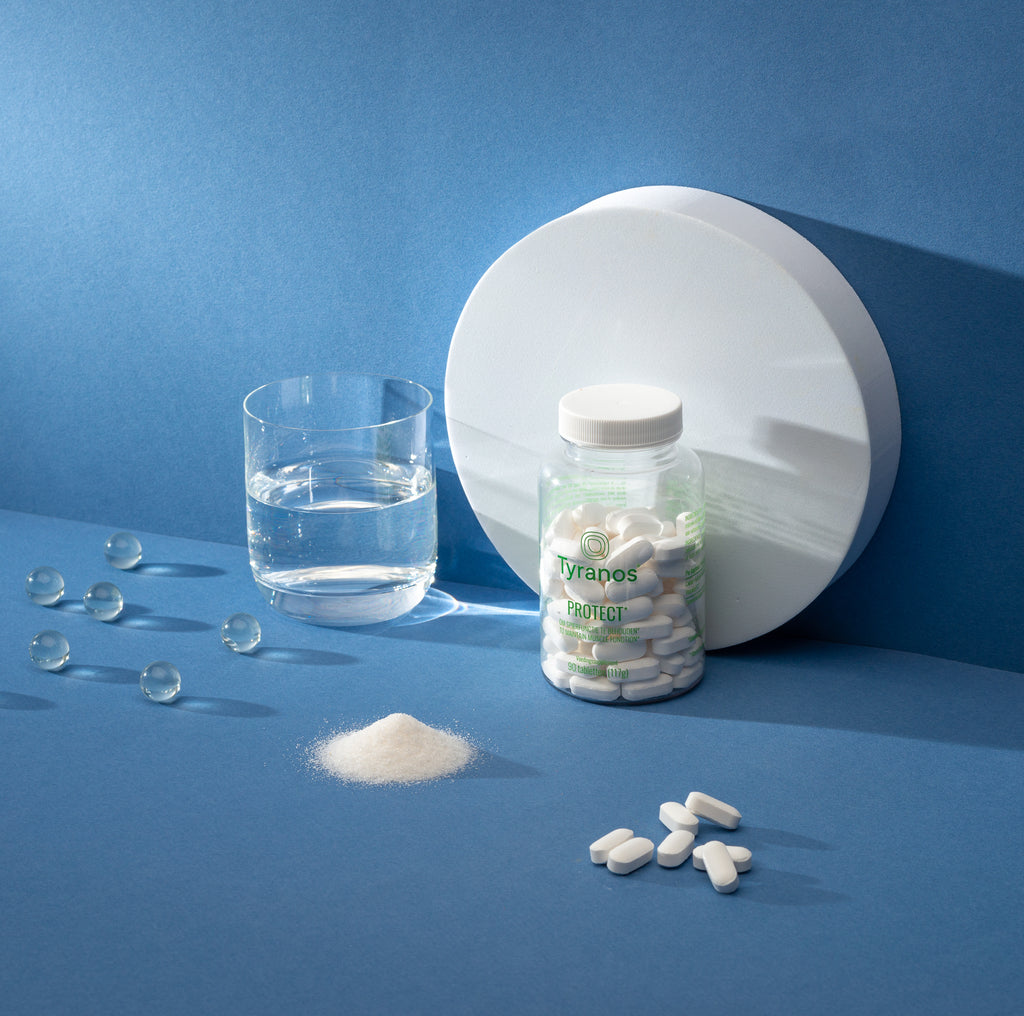Osteoarthritis occurs in 10% of the population. About half of people with osteoarthritis have daily pain. Many of these osteoarthritis patients are resigned to the idea that there is nothing that can be done about osteoarthritis. The question is whether that is indeed the case. What exactly is osteoarthritis and what can be done to prevent severe osteoarthritis?
Osteoarthritis
In our joints, two bone ends meet. To prevent these bones from hitting each other, there is a protective layer of cartilage between the bones. Cartilage is a smooth and resilient connective tissue that ensures that the bones move smoothly in and around each other. Cartilage also absorbs shocks and protects the joints. In principle, the cartilage makes enough cartilage cells to compensate for its possible breakdown.
Afflicted cartilage
In the early stages of osteoarthritis, the pain and stiffness is often only after a rest period, but later the pain can also persist with rest. In most osteoarthritis patients, the pain gradually increases. Because the cartilage can no longer absorb the shocks properly, there is a different pressure on the bones. The friction of the bones in the joint can also cause inflammation, causing fluid to accumulate.
What can happen in osteoarthritis?
In osteoarthritis, these cartilage pads are damaged or broken down by, for example, chronic overload or heredity. The production of new cells is no longer sufficient to compensate for their breakdown. The result is damage or a reduction in the thickness of the cartilage in joints. Over time, the bones rub against each other and shocks are no longer absorbed properly. The cartilage can no longer adequately protect the bone.
Tips to control osteoarthritis
1. Get lots of exercise
Osteoarthritis can lead to stiffness. A lot of movement will ensure less stiff joints. Try to make every break an opportunity to stretch your legs.
2. Strengthen your muscles
Muscles have an important shock absorbing function. The stronger your muscles will be, the less shock your joints will have to absorb. This in turn means that your cartilage is better protected and you have less chance of wear and tear.
3. Control your weight
A higher weight puts an extra load on your cartilage. This puts the cartilage under a higher pressure, which means that wear and tear can occur more quickly. Losing a few pounds can already have a significant effect on your back, hips, knees and ankles.
4. Take dietary supplements
There are several natural products available that can strengthen the cartilage. For example, there is a proven cartilage strengthening effect of glucosamine, collagen and boswellia.


